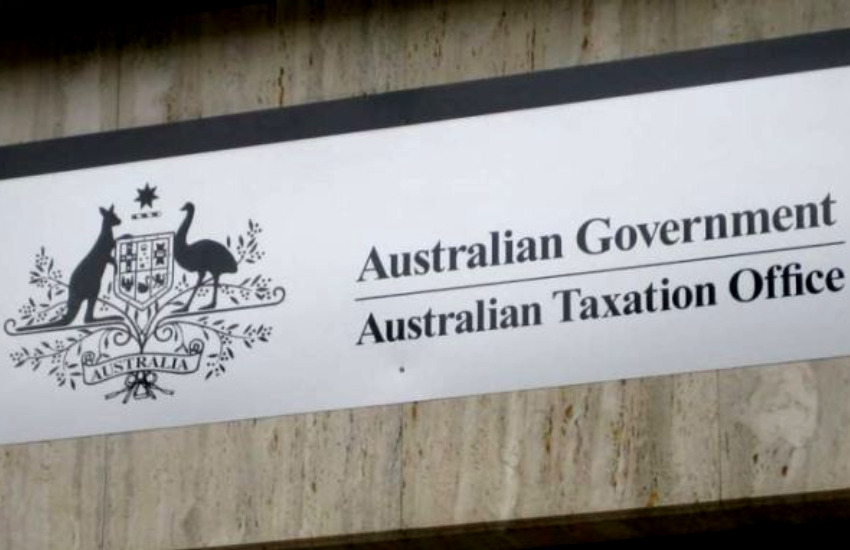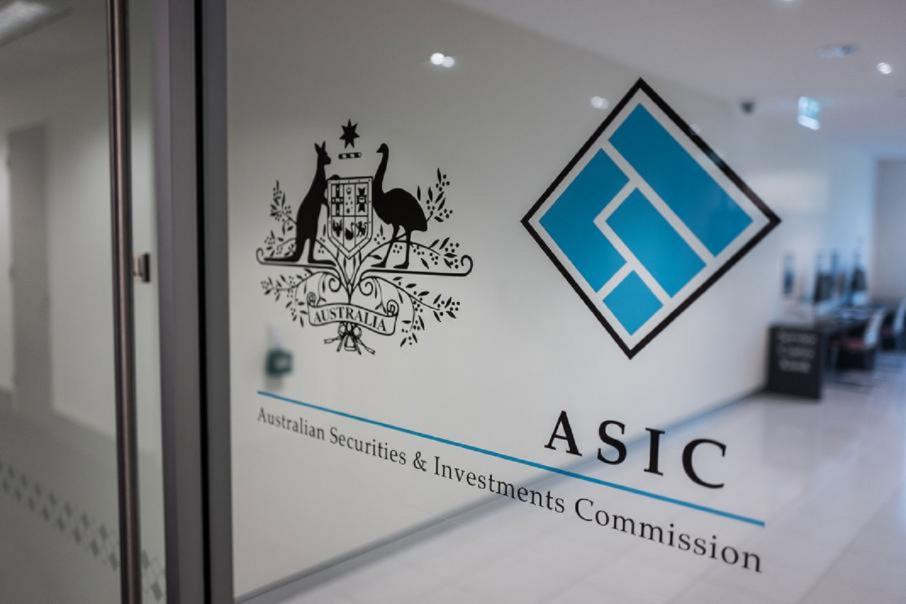The ATO has sent letters of concern to approximately 17,700 SMSFs that hold 90 per cent or more total investments in a single asset or asset class. The SMSFs’ auditors have also been contacted by the ATO, emphasising the need to consider the fund’s compliance with regulation 4.09.
What are the next steps for these trustees?
The ATO’s recent action regarding SMSF investment strategies has sparked discussion and controversy within the SMSF community. Important questions are being asked:
- Is the ATO able to instruct SMSF trustees as to the adequacy of their investment mix?
- Is it appropriate to hold 90 per cent of an SMSF’s value within a single asset class?
- Does a financial adviser need to prepare an SMSF’s investment strategy?
- What does it mean to “consider the risks of inadequate diversification”?
The answers are within regulation 4.09 of the Superannuation Industry (Supervision) Regulations 1994. Let’s start with the law and dispel some uncertainty.
Regulation 4.09(2) states:
The trustee of the entity must formulate, review regularly and give effect to an investment strategy that has regard to the whole of the circumstances of the entity including, but not limited to, the following:
(a) the risk involved in making, holding and realising, and the likely return from, the entity’s investments, having regard to its objectives and expected cash flow requirements;
(b) the composition of the entity’s investments as a whole, including the extent to which they are diverse or involve exposure of the entity to risks from inadequate diversification;
(c) the liquidity of the entity’s investments, having regard to its expected cash flow requirements;
(d) the ability of the entity to discharge its existing and prospective liabilities;
(e) whether the trustees of the fund should hold a contract of insurance that provides insurance cover for one or more members of the fund.
These are the minimum requirements for an investment strategy. In simple terms, this means that the strategy must be prepared and revisited often to ensure that it:
- Is targeted to support the trustee’s objectives in running the SMSF, both in terms of the investment risk members are comfortable with and the return they hope to secure;
- Prescribes an investment mix that is appropriate to the members’ needs;
- Monitors solvency and balances the fund’s ability to liquidate assets against the need to pay superannuation benefits;
- Conducts a check on whether the members are satisfied with the insurance they have in place.
In substance, the requirements are not complicated. They are grounded in common sense.
However, the regulation’s language is difficult to translate in everyday pen to paper. Many trustees give up trying to prepare their own investment strategy. They rely instead on their accountant’s software to generate a compliant document. This is unfortunate, as trustees frequently don’t bother reading an investment strategy they have not written. And the “compliant document” (while saying all the right things in the right places) often has little relevance to a particular SMSF and no value as an investment planning tool.
The ATO is aware of this and is alarmed that a large amount of retirement savings may be afloat in rudderless ships.
So, let’s revisit these questions:
Is the ATO able to instruct SMSF trustees as to the adequacy of their investment mix?
Absolutely not. An SMSF by definition is “self-managed”. Provided the investment rules are complied with, an SMSF trustee can invest their retirement savings as they choose. The ATO is not going to tell a trustee that they cannot invest 90 per cent of investment value in cryptocurrencies, gold bullion or real estate.
However, the ATO will assess (via SMSF auditors) whether the trustees have properly documented their investment decisions in the investment strategy. This applies to all SMSFs, but those with a high concentration of value in certain assets are now on the radar.
Is it appropriate to hold 90 per cent of an SMSF’s value within a single asset class?
This may be appropriate, yes. Regulation 4.09 requires that the investment strategy consider diversification. There is no requirement to be diversified.
It is not for the ATO (or the SMSF auditor) to comment upon the suitability of SMSF investments. But if your SMSF’s value is concentrated in a particular asset class, the auditor will be looking to see the rationale for this investment decision in your fund’s investment strategy. If a financial adviser has been consulted, the statement of advice should also be provided to the auditor.
Does a financial adviser need to prepare an SMSF’s investment strategy?
No. Regulation 4.09 does not require the involvement of any professional in preparing the investment strategy. In fact, it is the trustee who must formulate, review and give effect to the strategy. Your auditor will check that the investment strategy is executed by the trustees. The trustee may obtain whatever guidance they choose — but they must be involved in strategy preparation on a personal level.
What does it mean to “consider the risks of inadequate diversification”?
In explanation of their recent concerns, the ATO stated:
We’re concerned some trustees haven’t given due consideration to diversifying their fund’s investments… Lack of diversification, or concentration risk, can expose the SMSF and its members to unnecessary risk if a significant investment fails.
In its letter sent out to SMSFs with highly concentrated assets, the ATO reminds trustees to provide evidence in their investment strategies of having considered the risks of inadequate diversification.
SMSF auditors are tasked to evaluate this evidence.
Evidence is tangible proof.
It is not just a statement confirming “we have considered the risks of inadequate diversification”. Most strategies already include this phrase, and it does not demonstrate any real consideration.
To show that they have considered these risks, the trustees need to record consideration of risk specific to their own SMSF and the member’s personal circumstances. Evidence will appear as an answer to the questions:
What could a lack of diversification mean for THIS fund, invested in THIS particular asset?
Notwithstanding, why is the investment appropriate in THESE circumstances?
Discussions with a financial adviser may be of great assistance in exploring and documenting these risks. From an auditor’s viewpoint, some of the best investment strategies are handwritten documents that set out the members’ goals for their SMSF and how specific investments suit those needs. The investment plan is usually reviewed annually. It is a down-to-earth, practical tool that works the way the legislation intended.
That being said, many homegrown investment strategies require fine-tuning to ensure the right words are used and can be “ticked” against the regulation. Trustees do not usually get it right the first time. It’s time-consuming and most trustees look for help. Many rely on their accountant’s specialised software to generate an investment strategy. However, any such template requires customisation for fund-specific circumstances — particularly if the SMSF has a highly concentrated investment mix.
The auditor will assess an SMSF’s investment strategy for this detail. At Peak Super Audits, we recommend that trustees explain their investment rationale and consideration of risk to their accountant or financial adviser, who can then assist by incorporating this within an acceptable investment strategy format. Accountants must be watchful of providing advice and take care that this line is not crossed.
The ATO’s investment strategy offensive must not be taken out of context. No SMSF trustee will be fined for a lack of diversification. However, the days of a cookie-cutter approach to investment strategies for these types of SMSFs are over. Trustees must become personally involved in preparing this document.
After all, they are operating a self-managed superannuation fund.
Written by Naomi Kewley
Source: SMSF Adviser






